Lambing Season, Anyone? Fully Funded U.S. Sheep Experiment Station Student Externship
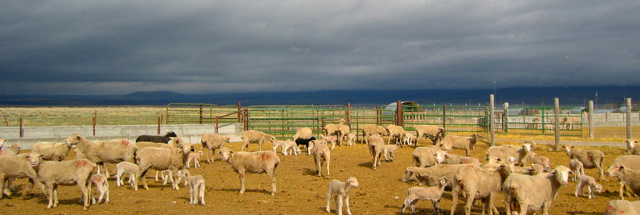
Warning: You are about to experience extreme cuteness overload.
Cute, you ask? What could possibly be cute about a sheep experiment station?
Admittedly, the name might point your imagination in the wrong direction. No, this is not where innocent little sheep are being cruelly turned into ovine-alien mutants. In fact, this is a USDA research station that focuses on rangeland research using a resident flock of about 5000 sheep.
So what’s in it for you?
In order to maintain this flock of thousands of grazing sheep, the research station needs them to be successfully reproducing themselves on a regular basis. This means that every spring there is a period of about two months when hundreds of lambs are being born every week.
The station hires a veterinarian to supervise the lambing season, but they need more than just one set of hands to assist with all those difficult births and feed and treat all the special-case lambs. As a government agency always concerned about staying within the budget (!), they’ve come up with a great way to find those extra hands: they recruit students like YOU!
What’s this about being fully funded?
I learned about this opportunity kind of randomly through a presentation at a national conference on small ruminant medicine. I stuck around to ask a question of the presenter, who happened to be an officer in the American Association of Small Ruminant Practitioners (AASRP). He let me know that there was a fool-proof method of getting to participate in this incredible lambing experience at very little cost to myself.
First, I needed to join the AASRP as a student member. This costs $15, but it is well worth it as you will see.
Next, I submitted my application for the externship program itself. The bad news is that this program fills up WAY in advance, so you this is something you should be planning ahead for as a 1st or 2nd year vet student (or anytime as an undergrad).
I recently spoke with the program administrator, Ms. Annette Eddins, and she let me know that they are filled up for both the 2013 and 2014 lambing seasons! However, she did say that they often need to fill a spot from someone who drops out, so they love to have some back-up applicants for those situations. Feel free to contact her at aeddins [at] uidaho.edu for more information.
The research station will actually pay you $16 per day of the externship. Then they take away $4 per day to provide you with housing (a little odd, I know), so you end up with $12 per day to spend on groceries or other food.
Finally, I submitted my application to the AASRP for their Student Externship Grant. It’s a very basic application, and they request that you apply about six months prior to your desired externship.
The grant can be for up to $750, which should be more than enough to cover your travel to the research station in Dubois, Idaho. I was able to get my flights from Massachusetts and a rental car using this grant money.
If you add all this up, you’ll see that you might even end up a few dollars in the black!
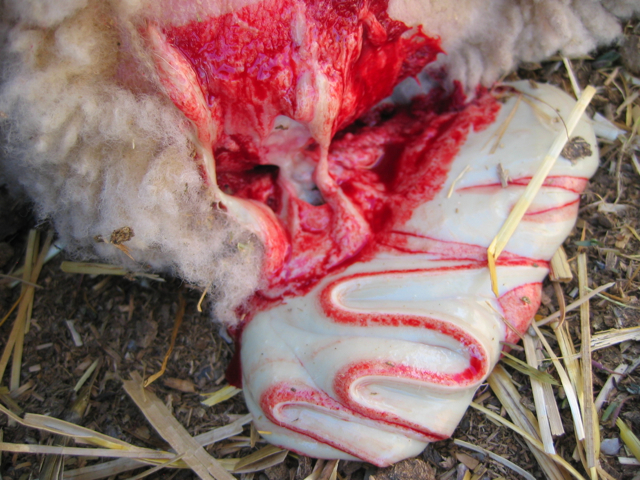
What You’ll Actually Be Doing
During your two-week externship, you’ll be working 12-15 hours a day, seven days a week. Lest you think that doesn’t sound too bad, you will also be on call for emergencies for all the remaining hours. It’s no walk in the park.
But it’s worth it! You will gain more experience in small ruminant reproduction, medicine, and surgery, than is available in almost any other situation. Along with countless sick lambs, dystocias, and prolapses of various body parts, we also did a limb amputation and an eye enucleation.
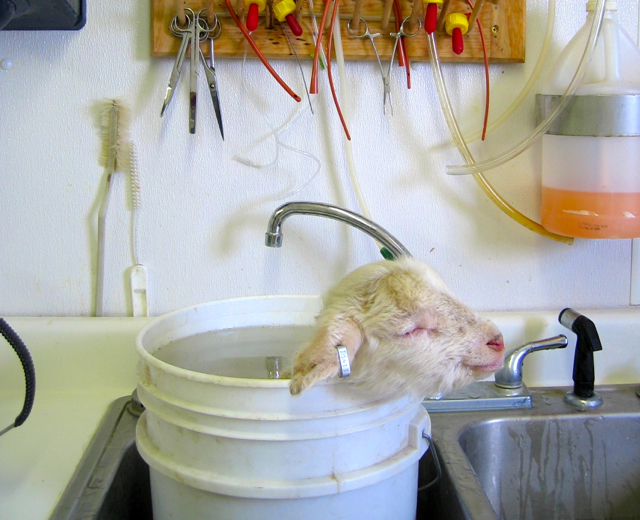
I loved being out under the big and ever-changing Idaho sky, my mind and body fully focused on the efforts at hand. There were four other vet students participating in the externship at the same time as me, so it was fun to learn from each other and share experiences as we worked side by side.
As always, please let me know if you have any questions about the experience. Who knows, maybe you’ll find yourself doing your own “sheep experiments” a couple of years from now!
And now for a parting question. Please leave your guesses in the comments section. Who can identify this beautiful budding rose?

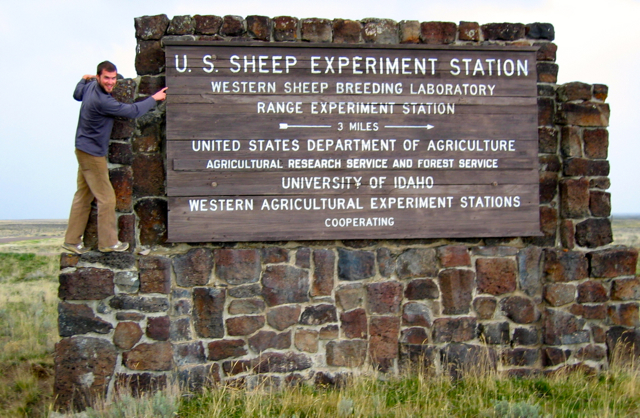
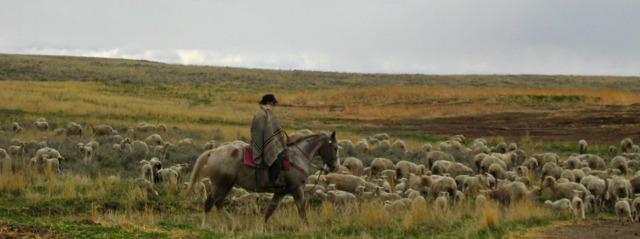
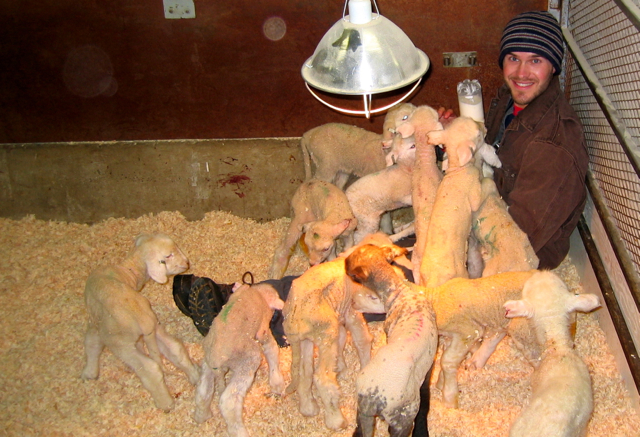
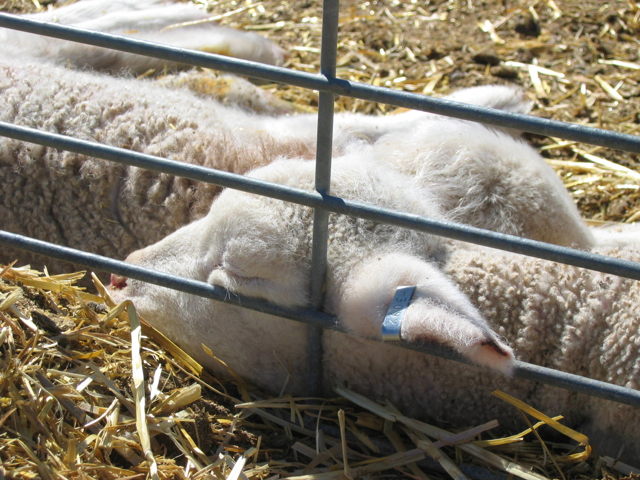
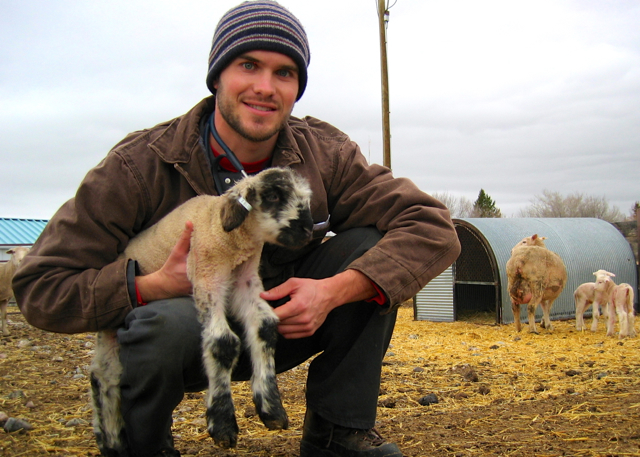

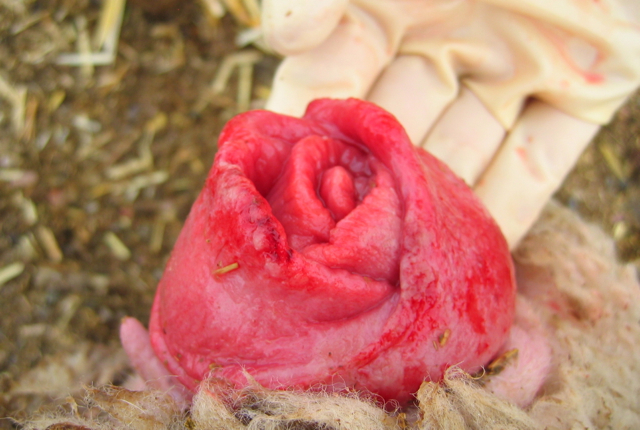
Comments
Prolapsed uterus of the ewe?
Pretty close! I’ll give people a few more days and then give the full explanation.
Looks more like a rectal prolapse to me
It was actually a vaginal prolapse. We saw more prolapsed uteri (how often do you see that word?!) but this one was unique in just being the proximal end of things.
Hi Elliott! Why are there so many bottle lambs? Are they actually raising them or is this a rewarm and return to mom pen? Is this a commercial enterprise? (Is it economically worthwhile to support so many bottle lambs?)
These lambs were all just kept for a few days at a time until they could be sold in groups to a local farmer who would do the actual raising of them. They were the sick/injured/rejected by mom crowd out of the hundreds of healthy ones that got to stick with the flock. The research station definitely didn’t want to be bothered with continuing to raise them, and I don’t think that would have been worthwhile for them either.
Do you have to be a vet to do it??
No! You should totally get in touch with Ms. Eddins to see how you could help as a L&D nurse…
Thanks for sharing this experience with us, I loved it! I have one question: As an Undergrad, can you participate in the research and medical areas?
Hi Paloma! Yes, you can fully participate in these areas as an undergraduate intern. When I was there it was only vet students, but I think that is just because most undergrads don’t know about the opportunity. Your best source of information would be to e-mail Ms. Eddins. You can find her address on the program information flyer. Let me know if you end up doing the program!
I was just wondering how you are able to work this around your school? I mean the spring is getting close to finals isn’t it?
Hey Sarah, I actually did this externship during my third year. At Tufts, we start clinical rotations in March of third year, so it was one of my very first rotations. The only way to make this work is by arranging to have a period of elective rotation time during the lambing season, but this could be either third or fourth year, depending on the way your school does the rotation schedule. I hope it works out for you!
Hello, Elliott:
I am a veterinarian student in Taiwan. After reading your amazing experience in U.S.A sheep experiment station, i have some question to ask you:
1. Does the station provided a place to stay?
2. Is the opportunity available in winter? If the answer is “yes”, is it very cold there?
3. The grant money would soon pay after you apply successively?
4. How’s the people there? Are they nice?